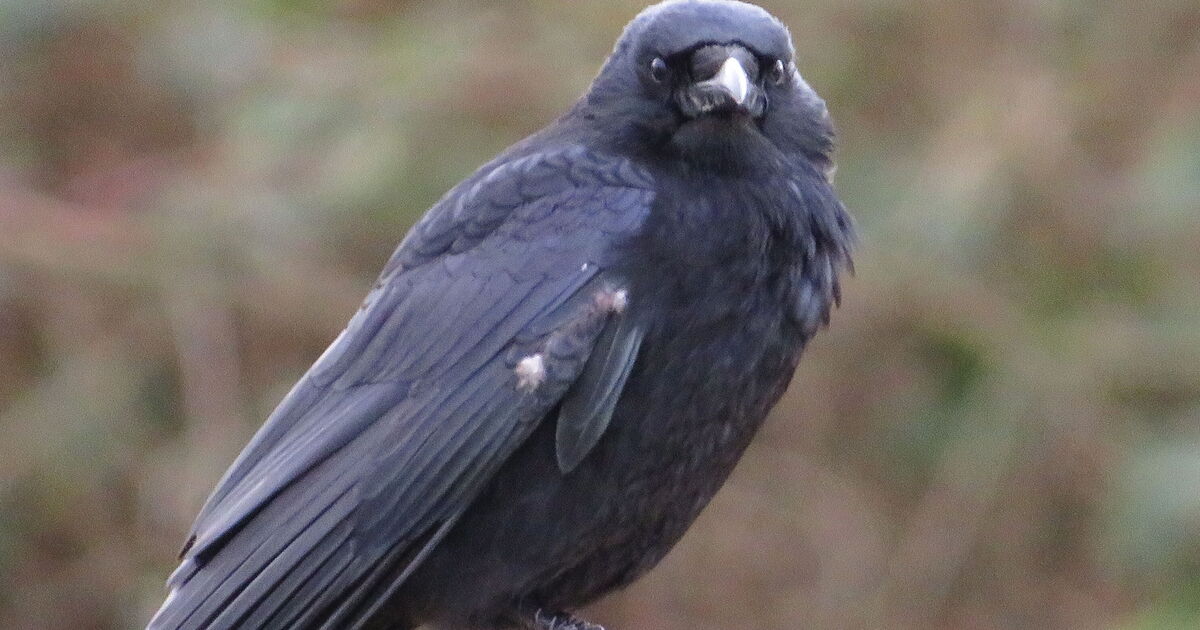Residents with crows in their gardens have been issued a stark warning by wildlife specialists after a series of aggressive incidents.
The BBC has reported multiple instances where individuals were assaulted by the birds, leading to injuries across various regions.
As farming practices evolve, they’re inadvertently nudging these winged creatures out of their usual habitats and into British backyards, sparking hostility. Incidents in areas such as Nottinghamshire, Essex, Teesside, Dorset, and Derbyshire have raised concerns with experts viewing them as an alarming trend.
Environment academic Rob Lambert of the University of Nottingham views the recent episodes in Arnold and Stapleford not merely as “attacks” but as symptomatic “conflicts” triggered by the displacement of crows into urban localities to flee rural enmity.
In conversation with the BBC, Dr Lambert explained: “We have for hundreds of years persecuted crows in agricultural areas. They are seen to impact on crops, they are seen to impact on livestock,”.
These adaptable birds are shifting into towns and adjusting their behaviours over time, becoming bolder and more combative compared to their countryside counterparts who live haunted by fear of persecution and the label of being nuisances.
Dr Lambert pointed out that crows face harsh treatment in the countryside, like being gunned down or chased off, because they’re viewed as pests. He highlighted that while there are different crow species present in the UK, it’s often the carrion crows and jackdaws that become familiar sights in city environments.
Dr Lambert has pinpointed carrion crows as the culprits behind recent aggressive incidents, explaining: “The majority of these cases are simply crows defending territory, defending the food source, defending a nest site, defending fledged young, and they are instinctively reacting to any invasion into that space, and I would say that’s particularly more relevant with people with dogs.
“They are not coordinated dive-bombing attacks, they are simply a scare tactic that these birds are using to chivvy us away from an area that they perceive to be their territory.”
He also delivered a stark warning for those who fear birds, suggesting such encounters could become increasingly frequent: “As we pave over the countryside, and as we change farming, and as climate shifts, birds are moving,” he said.
“I think there will be instances of conflict between people and crows for decades to come. It’s how we manage those conflicts, and it’s how we avoid blaming the birds, and look at some of our behaviours, and look at some of our impacts on the wider countryside that are shifting and changing the maps of species across the country.”
For those concerned about avian confrontations in their own backyards, Dr Lambert offered timely advice, particularly noting the heightened risk during nesting season: “I think my advice would be to be very aware that there are nesting crows, then there will be young birds on the wing.
“Feel free to carry a stick slightly higher above your head because they will strike for that, and be aware often if you’re walking with dogs it might be the dog the crows are targeting, not yourself.”
RSPB advice:
An RSPB spokesperson warned members of the public to “keep a distance from any nests during breeding season”.
“Crows only tend to attack humans when they get near to their nests during the breeding season,” they said.
“[They] usually keep to themselves and will only attack when they feel threatened themselves, or a threat towards their chicks.”
